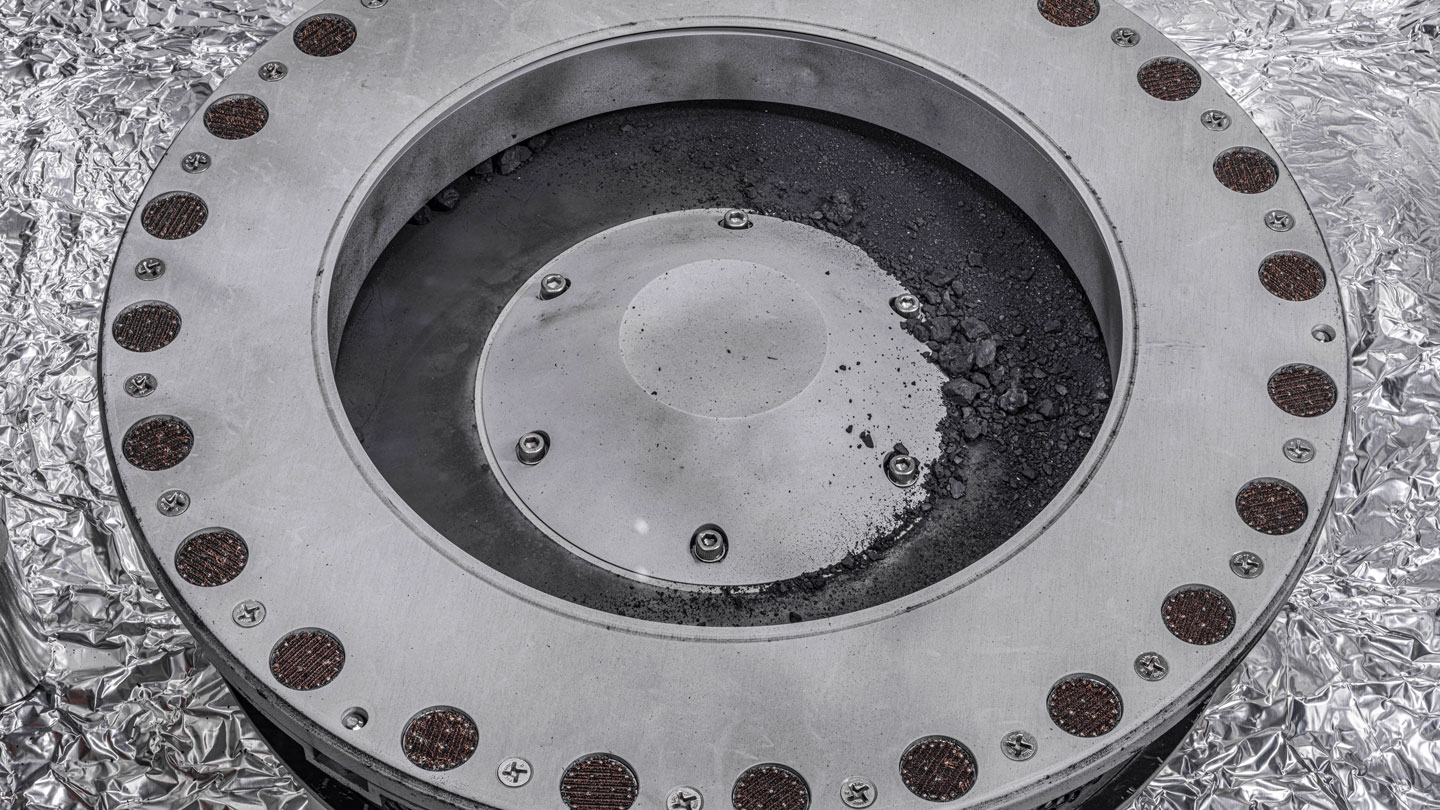Scientists Explore Oldest Acknowledged Fossils of Pollen-Carrying Bugs | Intelligent Information
/https://tf-cmsv2-smithsonianmag-media.s3.amazonaws.com/filer_public/6f/2f/6f2f3efa-61e1-4e64-a6cd-a542dfb347de/oldest-known-pollen-ca.jpeg)
:focal(1000x1029:1001x1030)/https://tf-cmsv2-smithsonianmag-media.s3.amazonaws.com/filer_public/6f/2f/6f2f3efa-61e1-4e64-a6cd-a542dfb347de/oldest-known-pollen-ca.jpeg)
An illustration of Tillyardembia, an earwig-like insect that might have pollinated non-flowering crops some 280 million decades back.
Biology Letters (2023)
Experts have uncovered 280-million-12 months-aged fossils of insects preserved with pollen on their bodies. These report-environment stays are all-around 120 million decades older than the earlier oldest known fossils of pollen-carrying insects, the scientists described previous week in Biology Letters.
The team examined 425 fossils of an insect called Tillyardembia and realized that six have been preserved with pollen on their heads, bodies or legs. These earwig-like creatures from a pollen-taking in genus would have been about 1.5 centimeters long and climbed trees to eat pollen due to their flimsy wings, Alexander Khramov, a co-author of the paper and a paleoentomologist at the Borissiak Paleontological Institute in Russia, tells Science News’ Sid Perkins.
Paleontologists uncovered the continues to be trapped in sediment on the bank of the Sylva River in the vicinity of the village of Chekarda in Russia, reviews the Guardian’s Ian Sample. The fossils date to the Permian period of time, which lasted from 251 to 299 million yrs in the past and finished with a mass extinction.
For tens of hundreds of thousands of several years, bugs have performed the function of courier, transporting pollen on their bodies although they journey from plant to plant and snack on nectar and pollen. In the system, they transfer pollen from a flower’s anthers to another’s stigma, which starts the fertilization procedure. Nowadays, about 3-quarters of flowering crops need to have an animal pollinator to reproduce, and the wide the vast majority of pollinators are bugs.
But this not too long ago learned preserved pollen came from non-flowering gymnosperms, a group of seed-creating crops that includes conifers such as pine, fir and spruce trees. The come across provides to proof that insects might have pollinated plants like conifers prior to the initially bouquets developed in between 140 and 250 million years ago.
From the fossils alone, the scientists could not establish regardless of whether these bugs were pollinators or just mooching for meals. “We are not able to go back in a time equipment to notice irrespective of whether these insects did pollination do the job or not. Even if they pollinated historical gymnosperms all working day spherical, there are no ways to confirm it with certainty by indicates of paleontology,” Khramov suggests, for every the Guardian.
But the researchers did find that the pollen arrived from a slim assortment of plants. “That type of specialization is in line with probable pollinators,” Michael Engel, a paleoentomologist at the College of Kansas who did not add to the review, tells Science Information. “There’s probably huge quantities of these kinds of specialization that transpired even ahead of Tillyardembia, we just really do not have proof of it nevertheless.”
Barry Lomax, a plant paleobiologist at the College of Nottingham in England who was not involved in the examine, mentioned this specialization “suggests the risk that insect pollination predates flowers,” per the Guardian.
Proposed Movies






